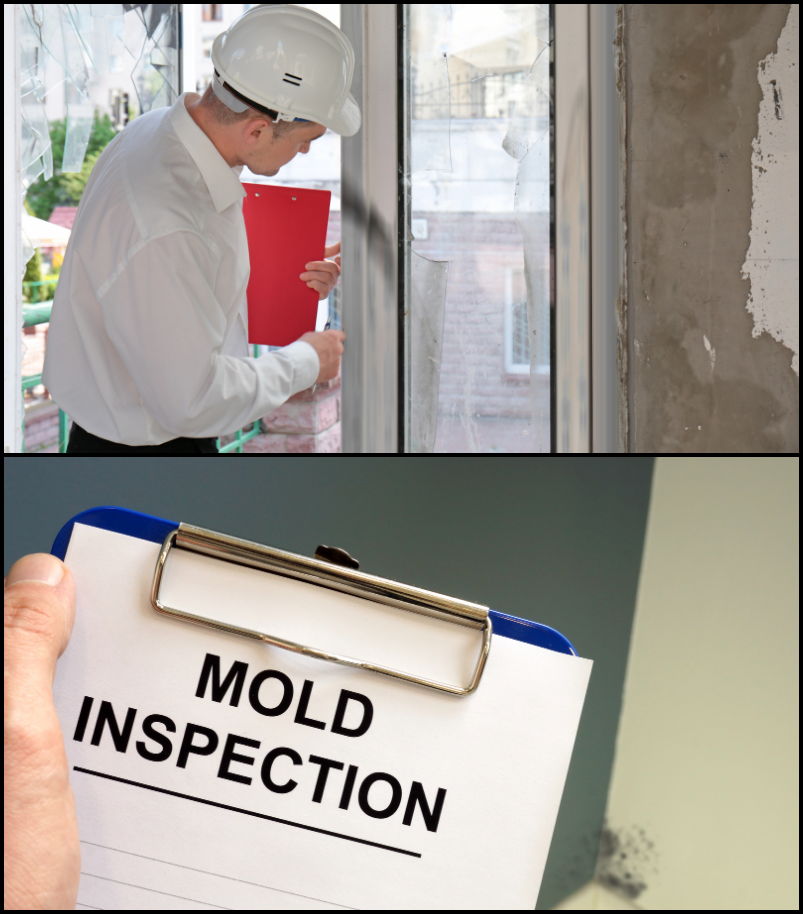Mold Testing in Riverhead


The Importance of Mold Testing On Long Island
Professional Mold Inspection in Riverhead
Residential
Commercial
Riverhead, located at the northeastern end of Suffolk County, is often considered the gateway to Long Island’s East End. As the county seat of Suffolk, Riverhead serves as a major hub for both governmental services and regional commerce. With a population of around 35,000, it is one of the larger towns on Long Island and is known for its mix of rural charm, waterfront views, and growing economy. Riverhead offers a vibrant blend of agriculture, tourism, and commercial development, making it an attractive place for both residents and visitors. Historically, Riverhead has been an agricultural center, with many of the North Fork's famous vineyards located nearby. It is home to some of Long Island's best-known farms, wineries, and breweries, which draw tourists throughout the year. The Long Island Wine Region begins in and around Riverhead, making it a popular destination for wine tasting and agritourism. Additionally, the town is known for its roadside farm stands and pick-your-own farms, contributing to a thriving local economy based on agriculture and agritourism.
Riverhead is also famous for its role as a retail and commercial center. Tanger Outlets, located in the town, is one of the largest outlet malls on Long Island, attracting shoppers from across the region. In recent years, Riverhead has seen significant commercial development, including restaurants, shopping centers, and entertainment venues, making it a destination for both locals and tourists. One of the main attractions in Riverhead is the Long Island Aquarium, which features a wide variety of marine life exhibits, including sharks, sea lions, and tropical fish. The aquarium is a key draw for families and tourists, offering interactive experiences like penguin encounters and boat tours. Downtown Riverhead has also undergone revitalization in recent years, with new restaurants, shops, and cultural venues bringing energy to the historic district along the Peconic River.
Our Mold Testing Services in Riverhead
Our testing and inspection process includes the following steps:
Visual Mold Inspection:
Identifying any visible signs of mold growth.
Air Quality Testing:
Detecting mold spores in the air to assess indoor air quality.
Surface Testing:
Collecting samples from surfaces to confirm mold presence.
Moisture Mapping:
Pinpointing areas of potential water damage that may lead to mold growth.
Why Choose Long Island Mold Testing
Certified and Experienced
Local Experts
Fast & Reliable Service
Health-Focused Approach
FAQs
1. What is mold testing?
Mold testing involves inspecting a property for the presence of mold by collecting air or surface samples and analyzing them in a laboratory to determine if harmful mold is present and at what levels.
2. Why is mold testing important?
Mold testing helps identify hidden mold growth that can cause health issues, property damage, and decreased indoor air quality. It allows homeowners to take prompt action to remove mold and prevent further problems.
3. How do I know if I need mold testing?
If you notice visible mold, experience a musty odor, or suspect water damage (e.g., from flooding or leaks), mold testing is recommended. It’s also a good idea after purchasing a home, following major storms, or if household members experience unexplained health issues.
4. What types of mold are commonly found in homes?
Some common molds found in homes include Stachybotrys (black mold), Penicillium, Aspergillus, and Cladosporium. Testing can determine the specific types of mold present and assess the risks they may pose.
5. How is mold testing performed?
Mold testing typically involves collecting samples from the air, surfaces, or materials in your home. These samples are then analyzed in a lab to identify the types of mold present and their concentrations.
6. How long does mold testing take?
The actual testing process usually takes a few hours, but receiving lab results can take anywhere from 24 hours to a few days, depending on the type of testing and the laboratory used.
7. How much does mold testing cost?
The cost of mold testing varies depending on the size of the property, the extent of testing required, and the types of tests performed. Prices typically range from $300 to $600, but more comprehensive testing can cost more.
8. What should I do if mold is detected in my home?
If mold is found, you should contact a professional mold remediation company to safely remove it. It’s important to address the underlying cause of the mold (such as water leaks or high humidity) to prevent future growth.
9. Can I test for mold myself?
There are DIY mold testing kits available, but they may not be as reliable as professional testing. Professional mold inspectors are trained to locate hidden mold and provide more accurate assessments of the extent of the issue.
10. How can I prevent mold growth in my home?
To prevent mold growth, control indoor humidity levels, repair leaks promptly, ensure proper ventilation (especially in bathrooms and kitchens), and clean and dry areas affected by water damage as soon as possible.
11. Is all mold dangerous?
Not all mold is harmful, but certain types of mold can cause health issues, especially for individuals with allergies, asthma, or weakened immune systems. Professional testing can help determine if the mold in your home poses a risk.
12. How often should mold testing be done?
Mold testing should be done after water damage, if mold is visibly present, when moving into a new home, or if you notice unexplained health symptoms. Otherwise, periodic testing every few years can ensure your indoor air quality remains safe.